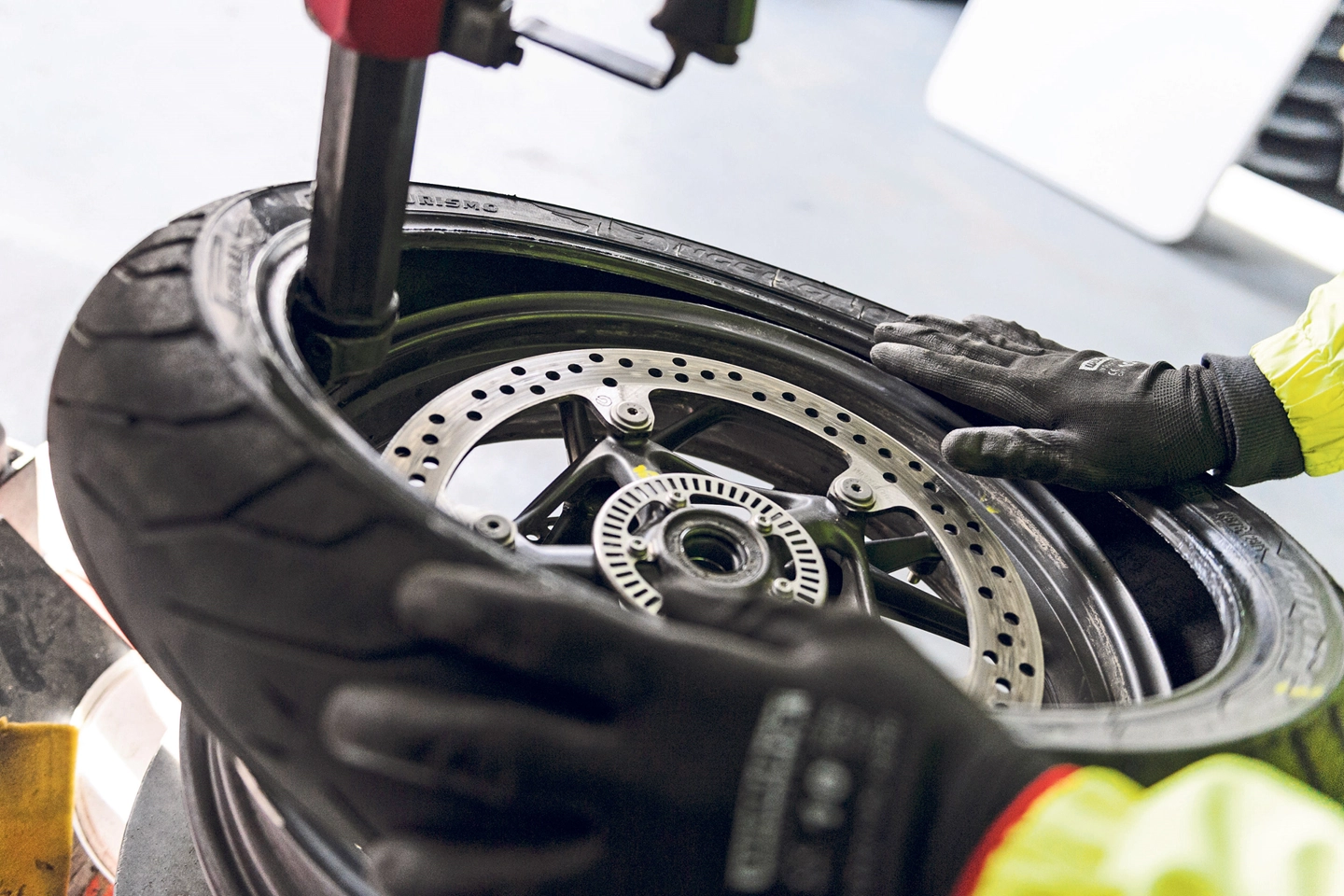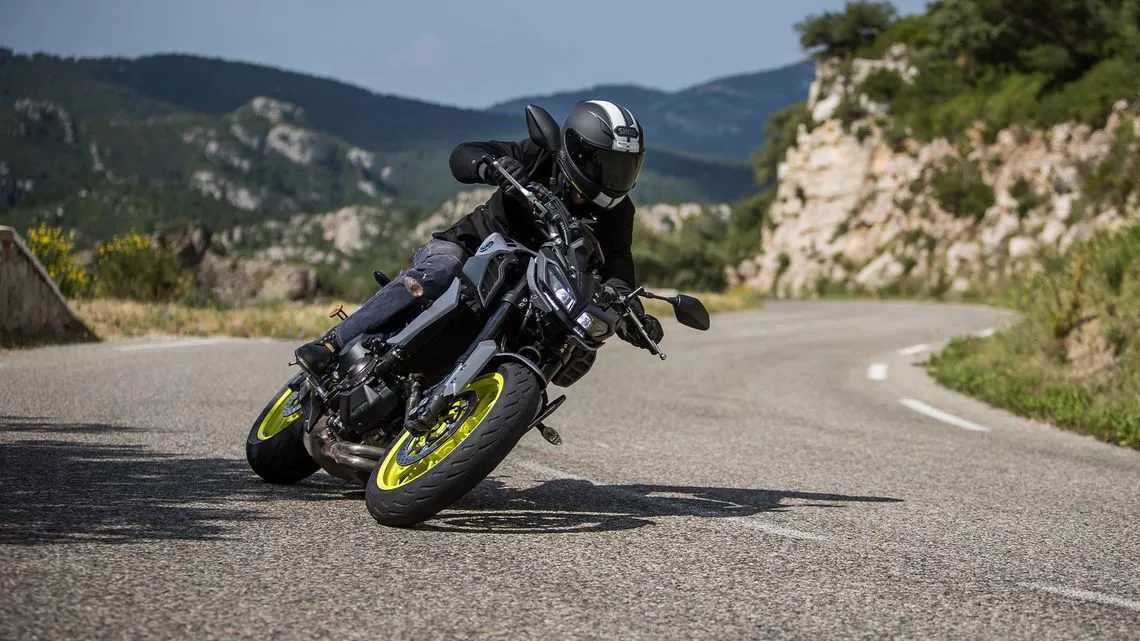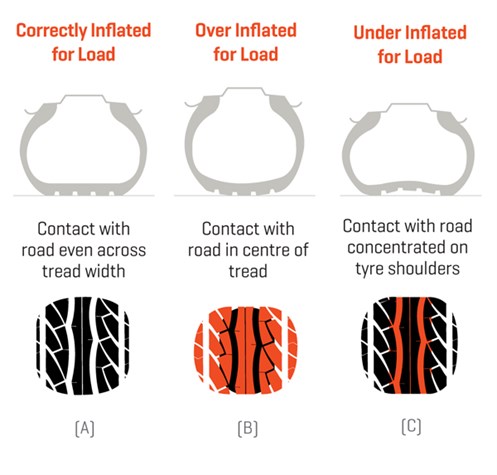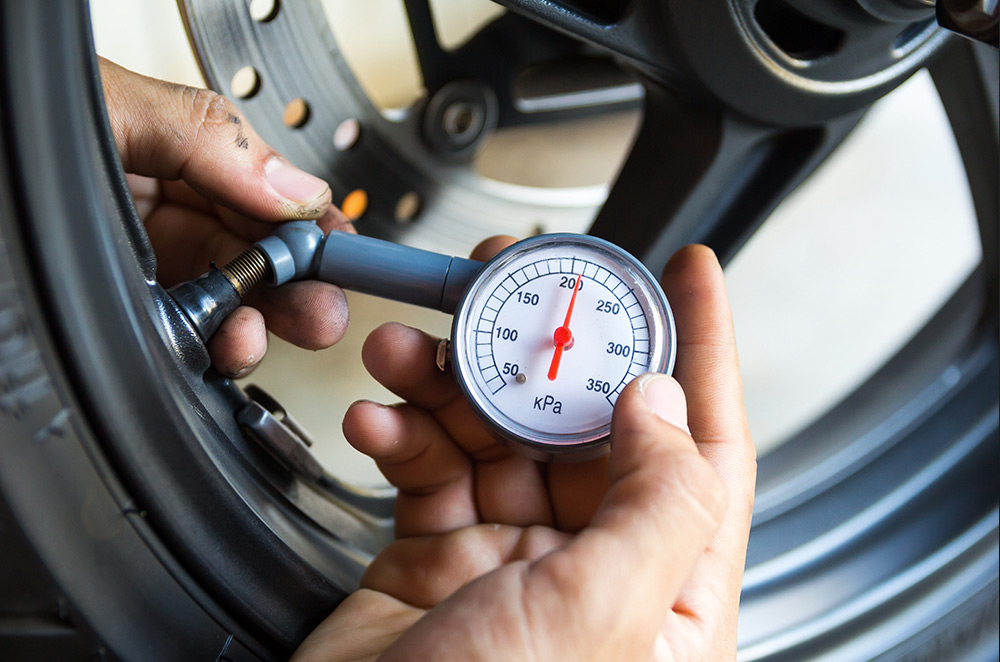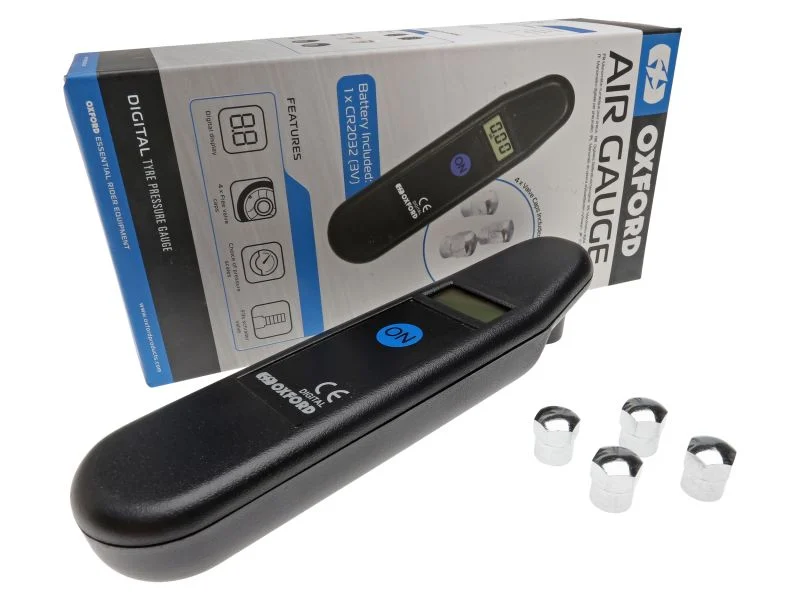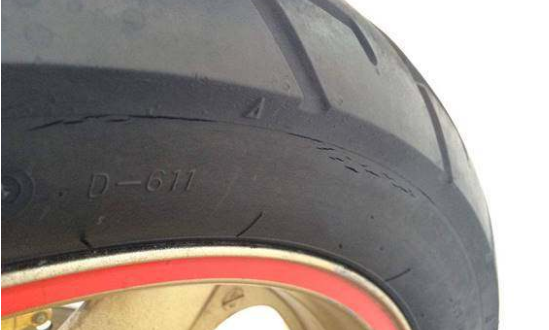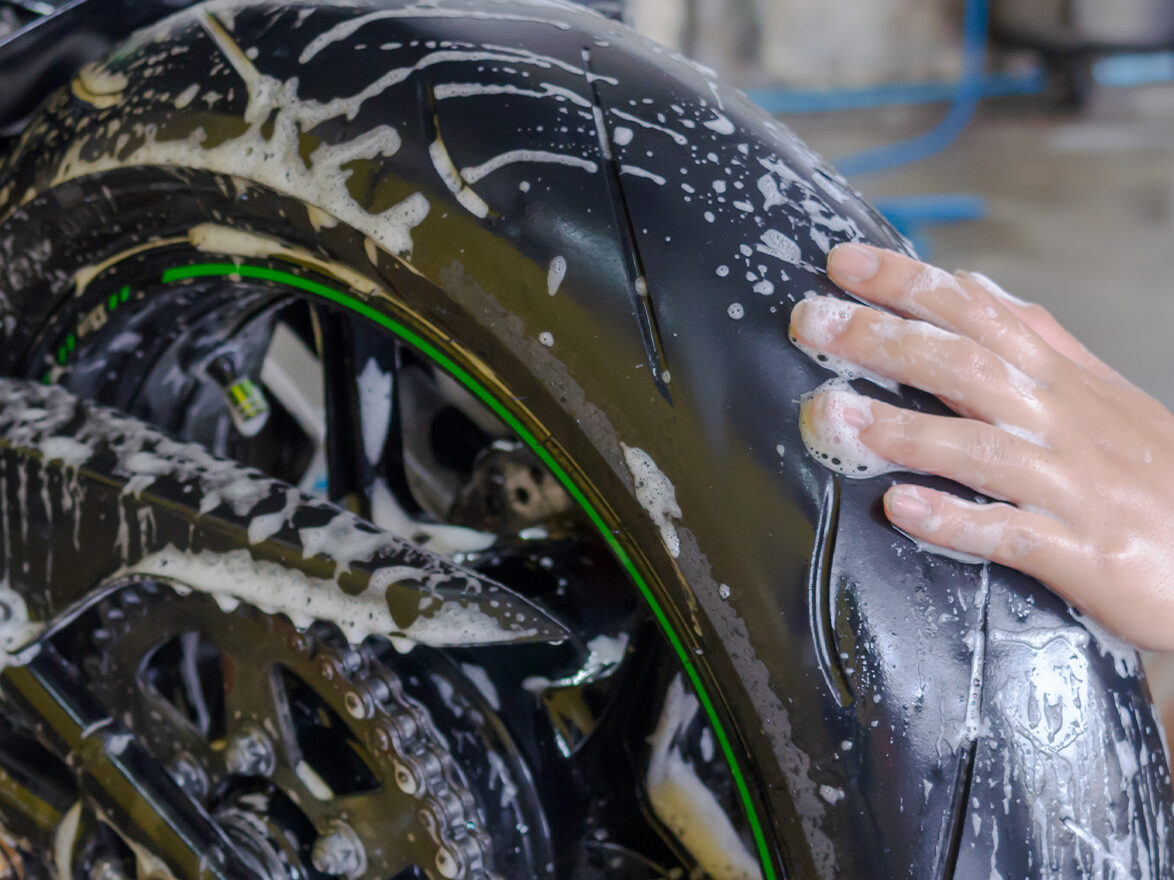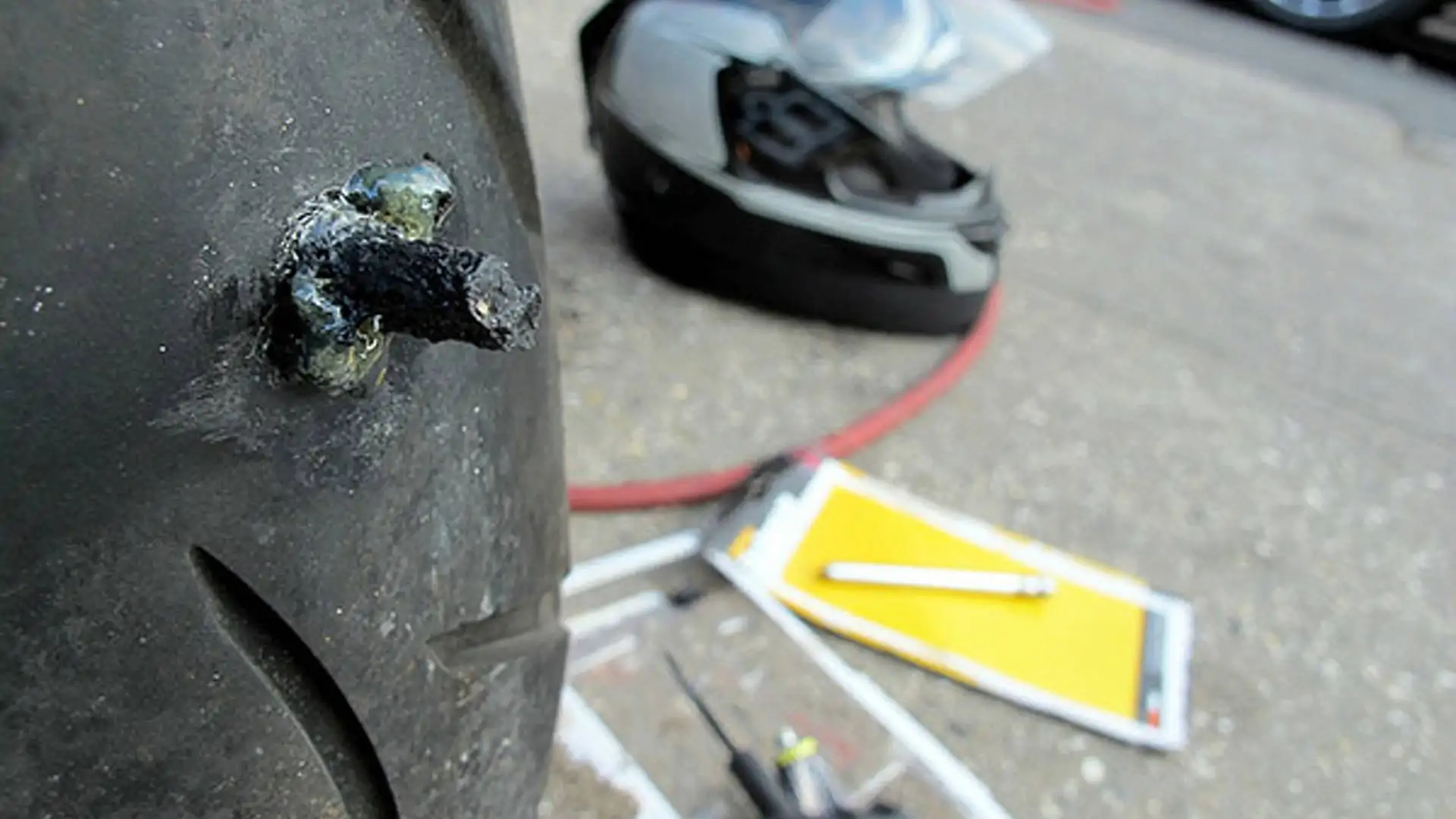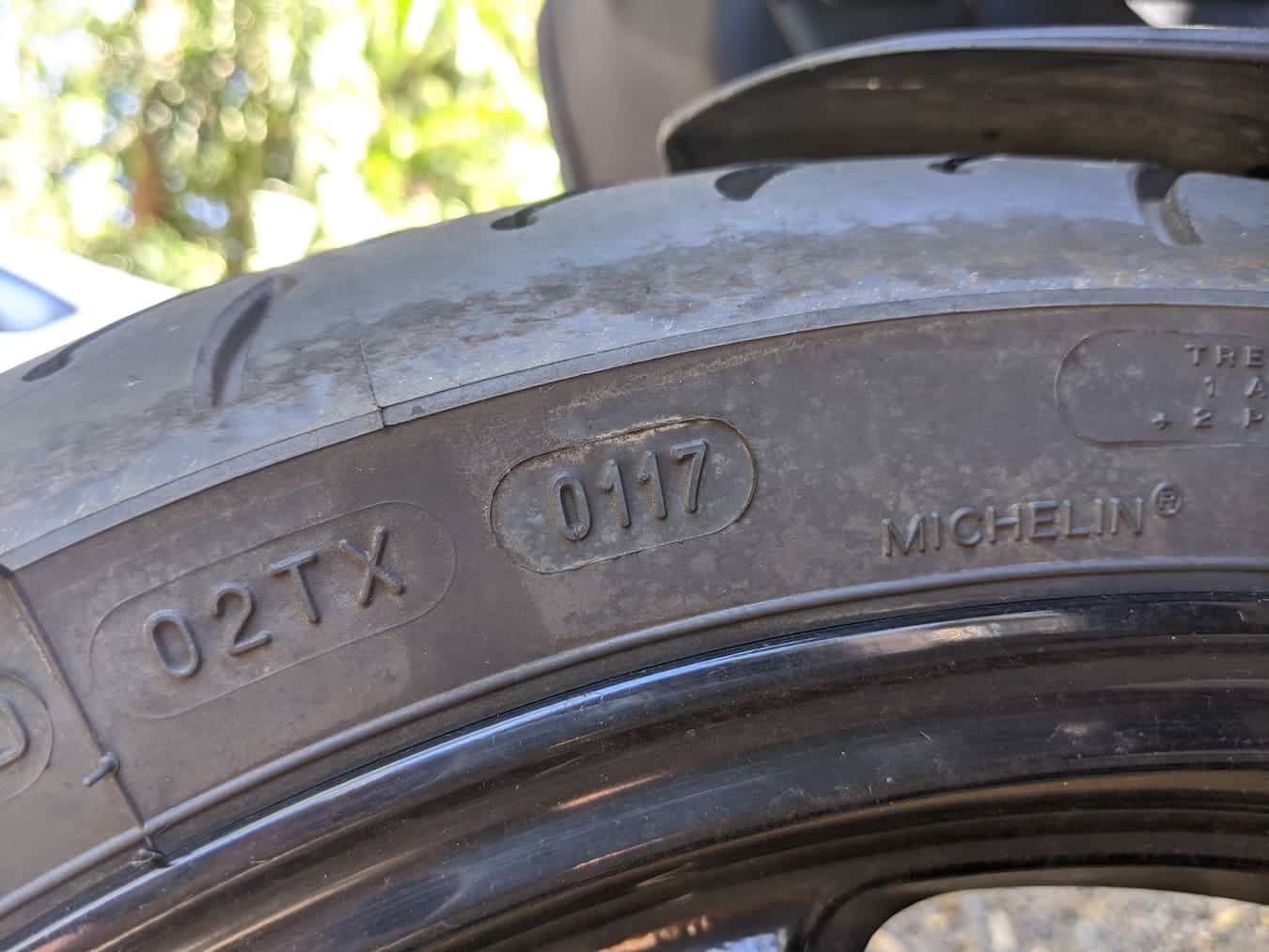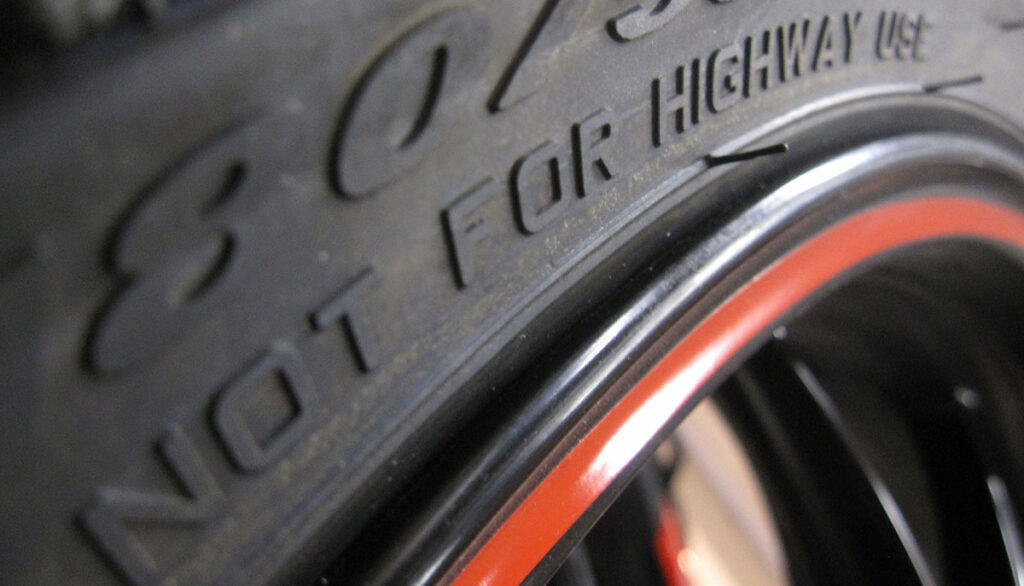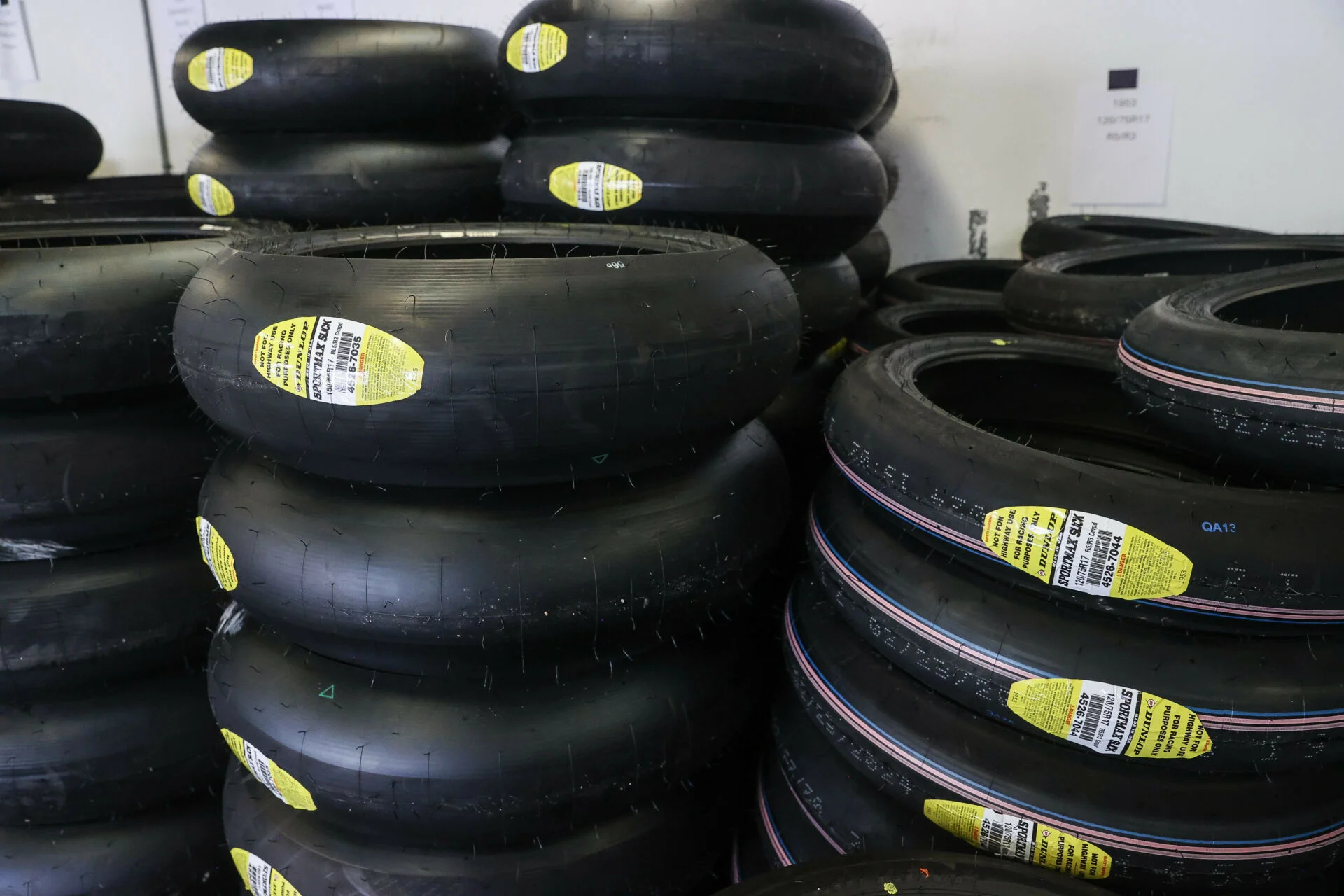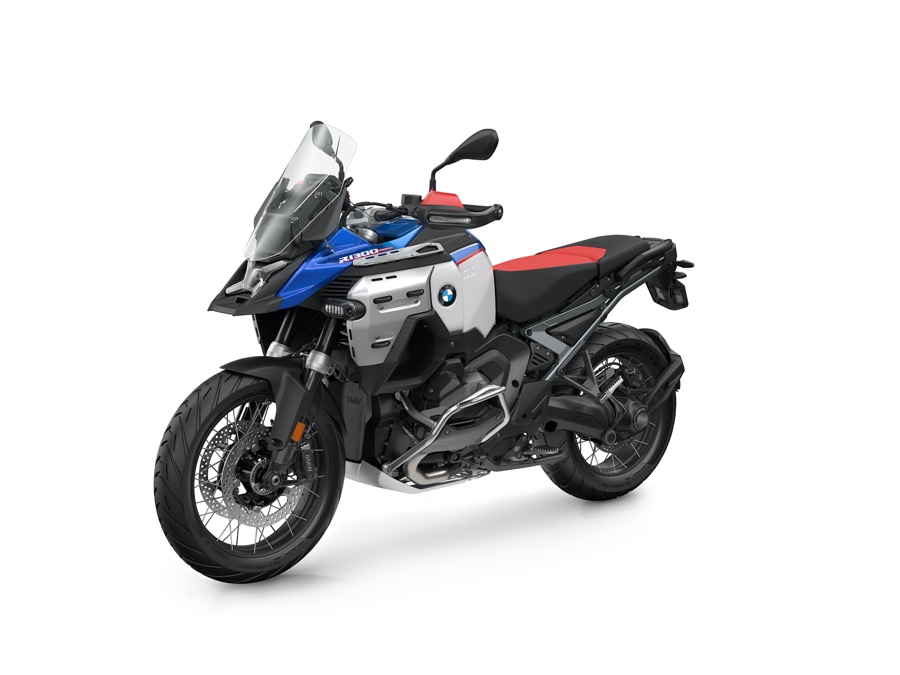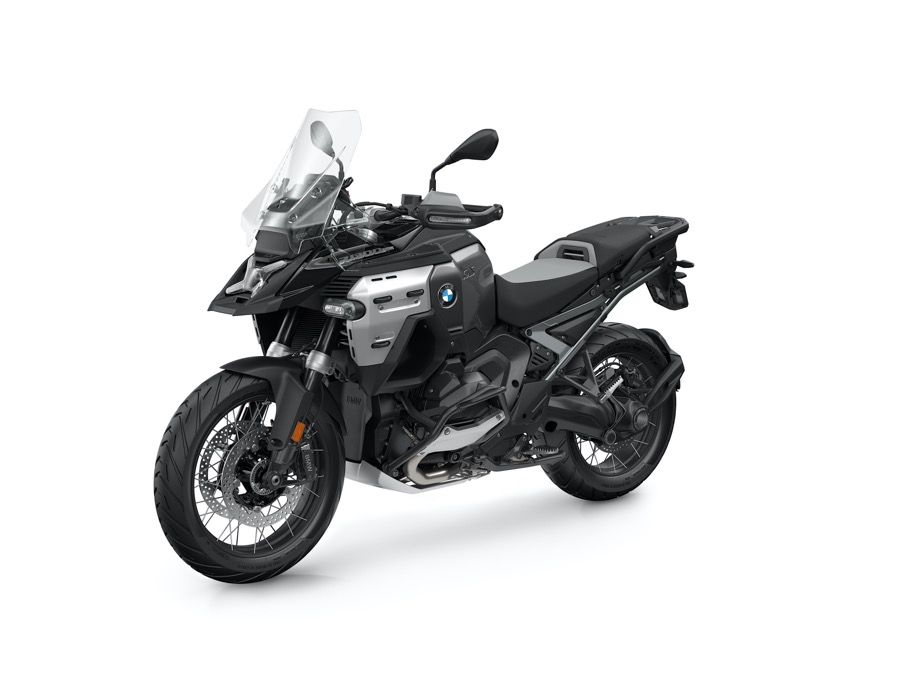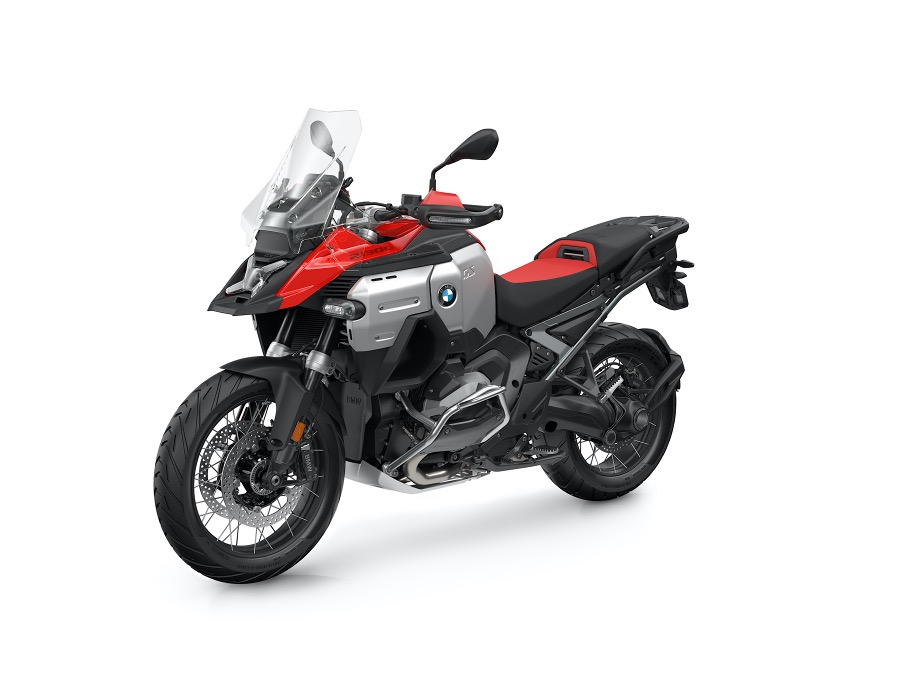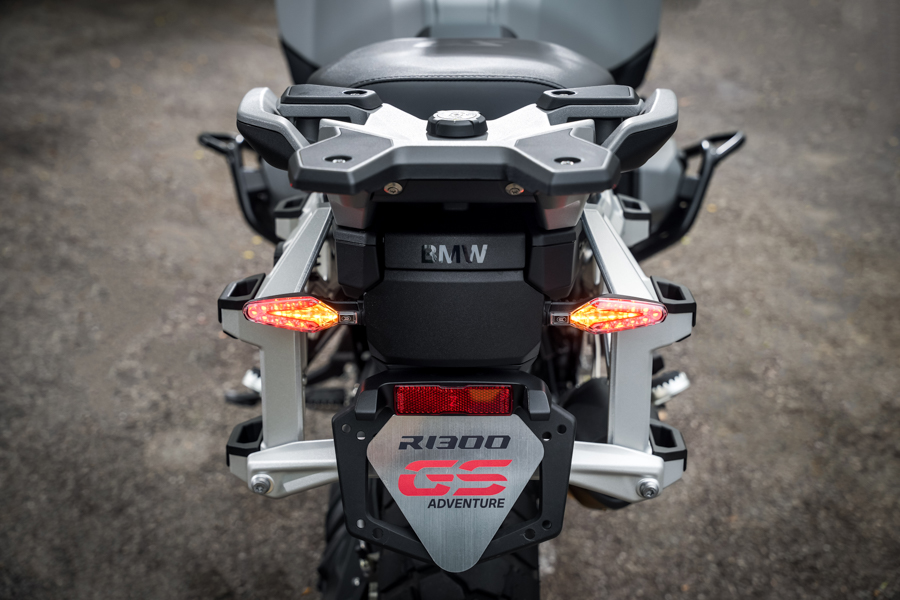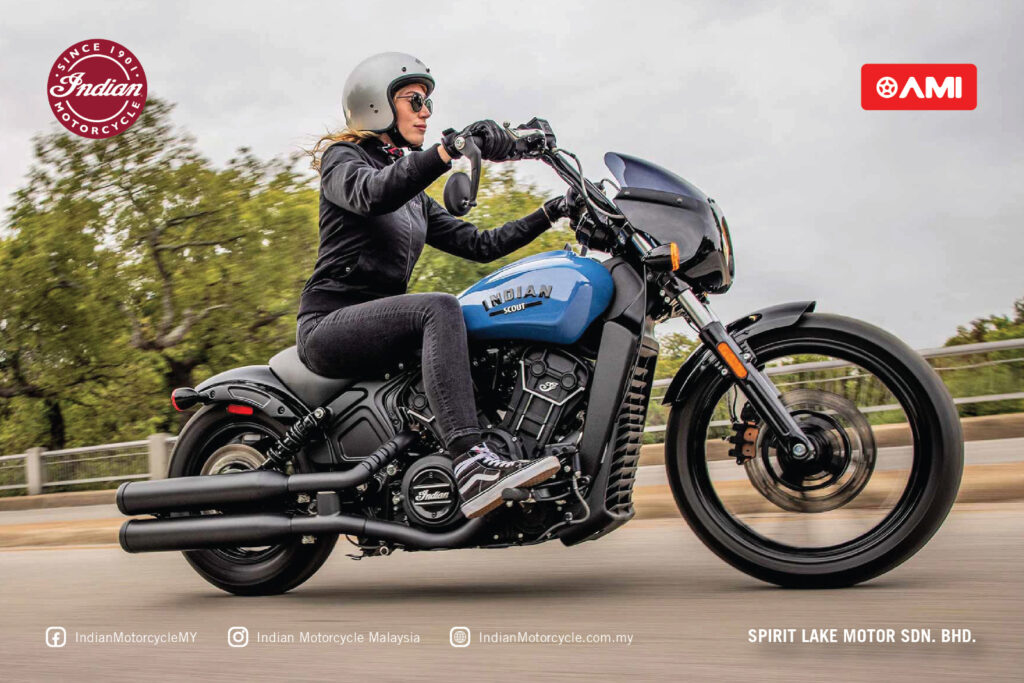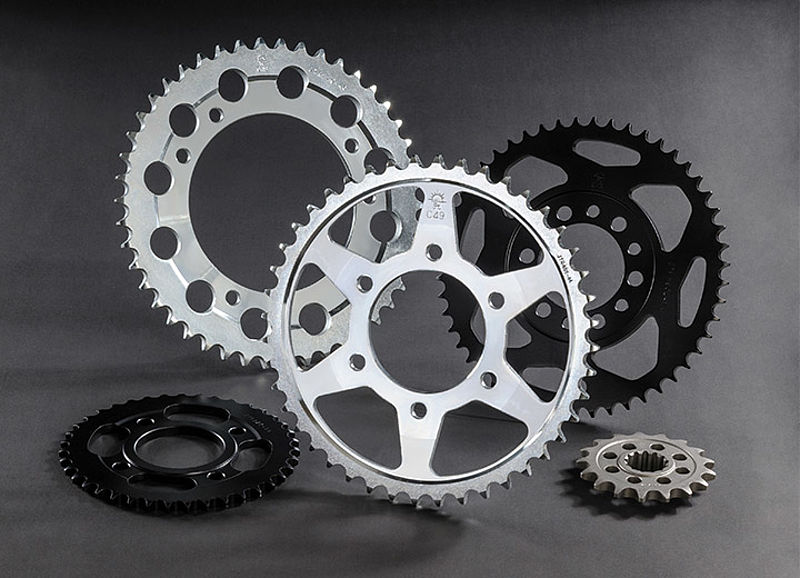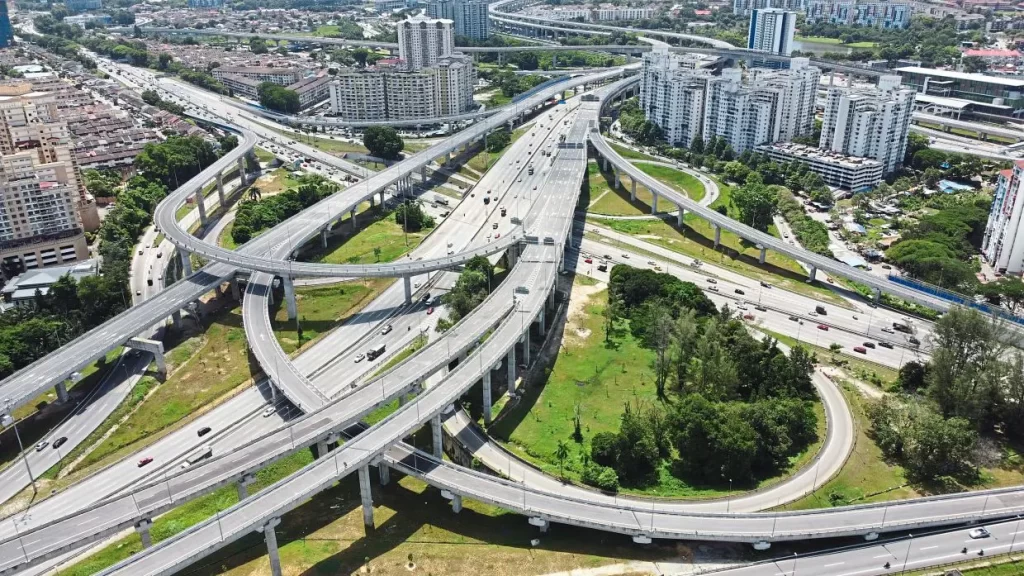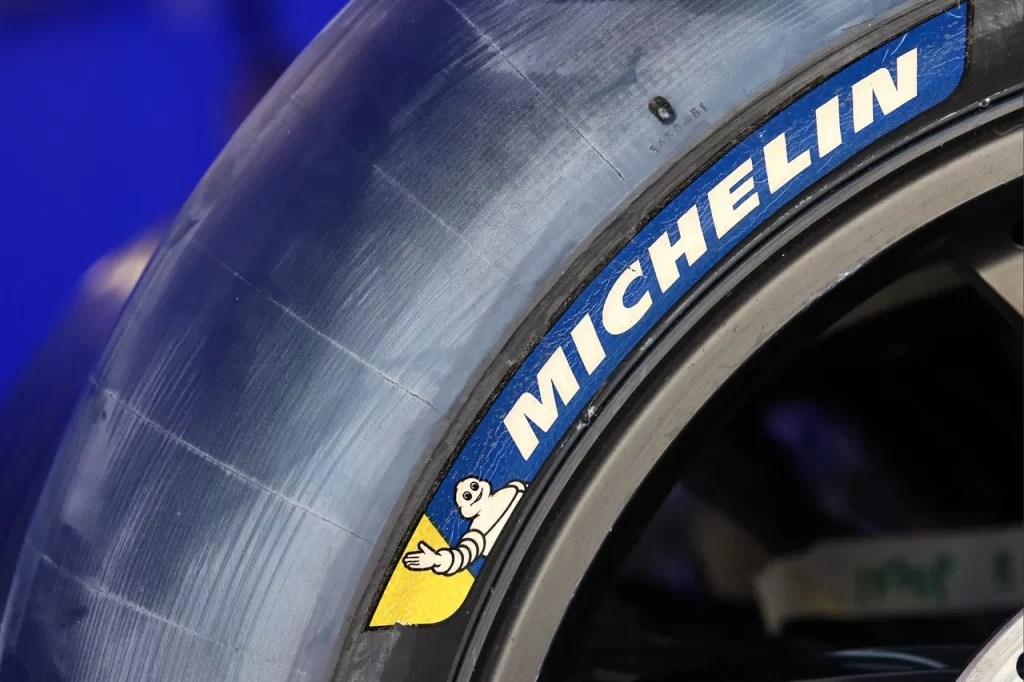The Universiti Putra Malaysia conducted a study recently and found out that many motorcyclists lack tyre safety knowledge. Tyre safety is not only about which compound is best, but also covers inflation pressure, condition of the tyre, age. That is why we decided to put together these 5 simple tyre care tips.
So since you have just mounted a set of super sticky tyres or bought a new motorcycle, the main task is maintain them so that they provide you with the best performance and confidence wherever you go.
Tyres do require some TLC, although not intensive and does not require automotive engineering level technical know-how. Remember, you may have the fastest bike on the planet, but it goes nowhere without those rubber donuts.
1. Break them in properly
Tyre care begins immediately after you install a new set. Remember this term: “Tyres have memory.” It means how you break them in determines how they perform later.
So, be gentle with them for the first 300 to 500 km. It means no super hard acceleration and braking, and maximum lean.
Pushing on a new tyre will bear disastrous results as some new tyres may be coated with mould release. This shiny, slippery surface needs to be scrubbed off before we can begin riding on them to the maximum.
Granted, there are tyres produced without using mould release, but breaking in the tyre gently and progressively lets the different components and compounds in the tyre to stabilise, regardless. Tyres are made from tens, if not hundreds, of different compounds and they need heat (generated from riding) to “cook” them.
Pushing on the tyres too early causes the compound hardening up even before it reaches its halfway point. This is the main reason why some riders complain about their tyres losing grip and elasticity when they start to wear. Yup, this is the “memory” we spoke about.
2. Check the pressure
Tyre inflation pressure is everything.
Under-inflation causes the tyre to overheat and wear out quickly. Additionally, it results in higher fuel consumption and sluggish handling due to increased rolling resistance.
On the other hand, over-inflation wears out the centre of the tyre quickly. Besides that, traction and comfort will suffer as the tyre could not conform and absorb irregularities on the road surface.
Granted, different tyres have different constructions, thus some are harder, while some are softer, which leads to the temptation to under-inflate or over-inflate them However, the recommended tyre pressures are what the motorcycle manufacturer deems as necessary to support the weight and performance envelope of the bike. You may of course increase the pressure should you carry heavy loads, but do so within sane amounts (increase or decrease by 10 kPa).
Another tip: Do not rely on the gauge at petrol stations because they are not calibrated over time. The best solution is by buying a good tyre pressure gauge so you can bring it with you on the bike. The correct habit is to check the pressure every time before you ride, but once every two to three days is fine too. Do check the pressure and inflate when the tyres are cold.
3. Inspect the tyres
This should ideally be done every time before you ride, at the same time when you are inflating them or cleaning your bike. Look for punctures, foreign objects, cracks or unusual wear patterns. They must be dealt with immediately.
4. Clean the tyres
It is not just about aesthetics, but cleaning the tyres allows you to spot deformities and damages, hence averting potential disasters. But do clean them with specific tyre cleaners. Do not use harsh solvents such as petrol, kerosene or diesel, as they will cause the rubber to harden. Consequently, your tyres will not grip like they should and crack quickly.
5. Puncture repair
The best fix for a punctured tubeless tyre is to replace the it altogether. This is because the object which poked through would have cut through the sections that give the tyre its shape, strength, performance and safety.
But we understand that most of us choose to repair that puncture, instead.
If you have tubeless tyres, it is best to visit a reputable workshop and have them remove the tyre and patch the tyre from the inside. Keep in mind that using a puncture repair kit (or “cacing” as it is commonly called) is a temporary measure to help you ride to the nearest workshop. It should not be left in place for the entire lifespan of the tyre.
BONUS
The tyre’s age plays a huge part in safety, too. The compound in old tyres can cause the tyre to be harder thus it may not provide the level of grip and comfort as new tyres. Tyres can generally last up to 5 years. You can check against the manufacturing code on your tyre.
In the picture above, “0117.” The first two digits mean the week of the year, while the last two digits correspond to the year. So, in this case, the tyre was made in the first week of 2017.
Conclusion
So, there you go, just five simple tips to ensure that your tyres last as long as their intended lifespans. Remember that keeping your tyres in good condition ensures your safety besides providing enjoyment and saves you money, but also ensures your safety.


